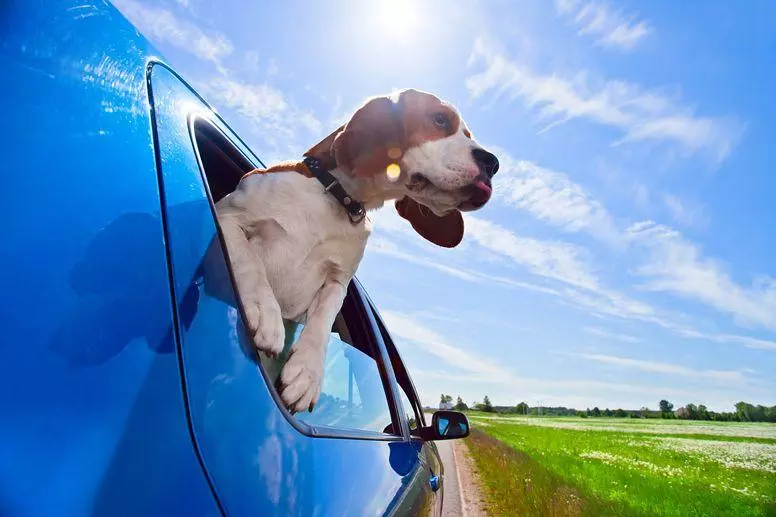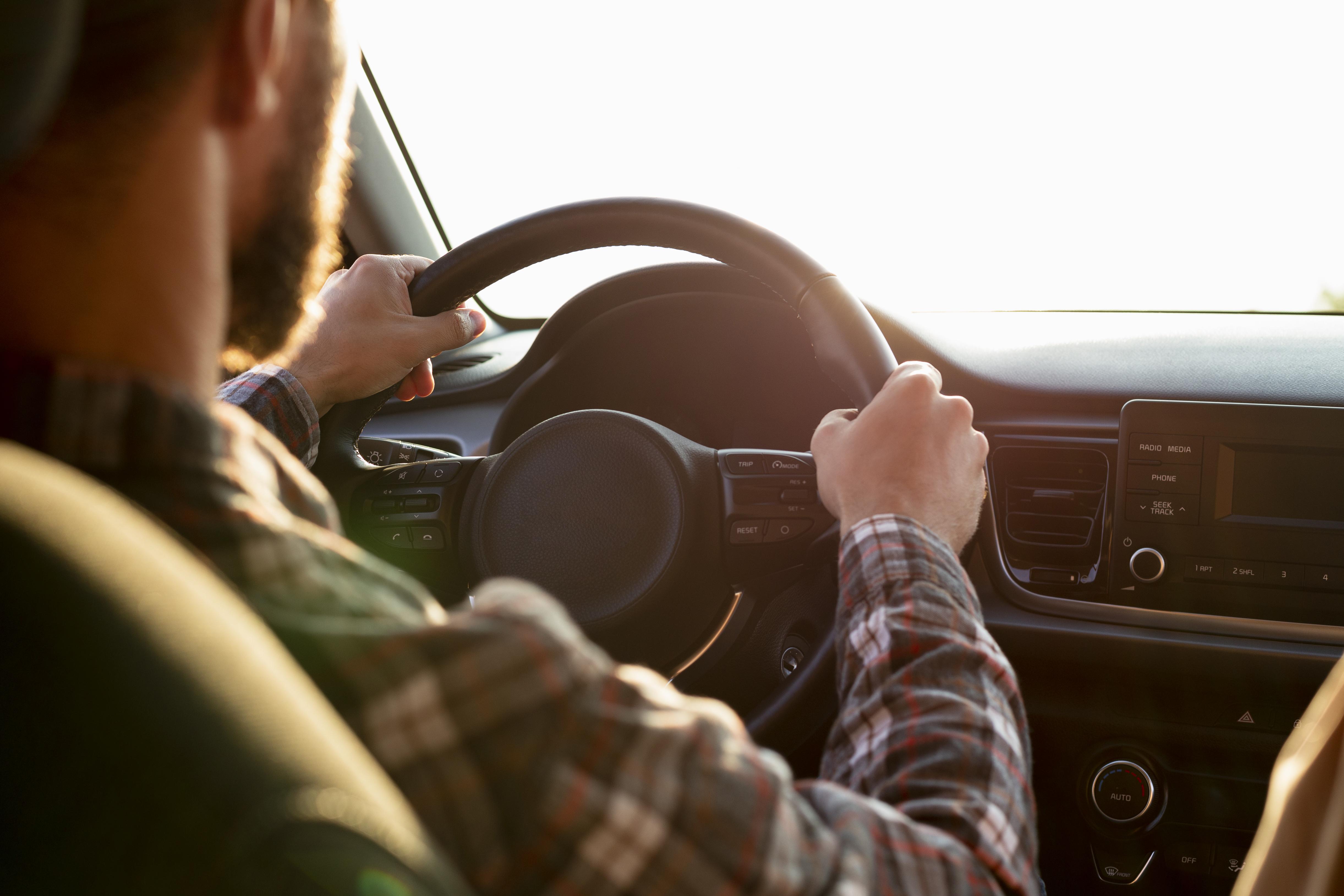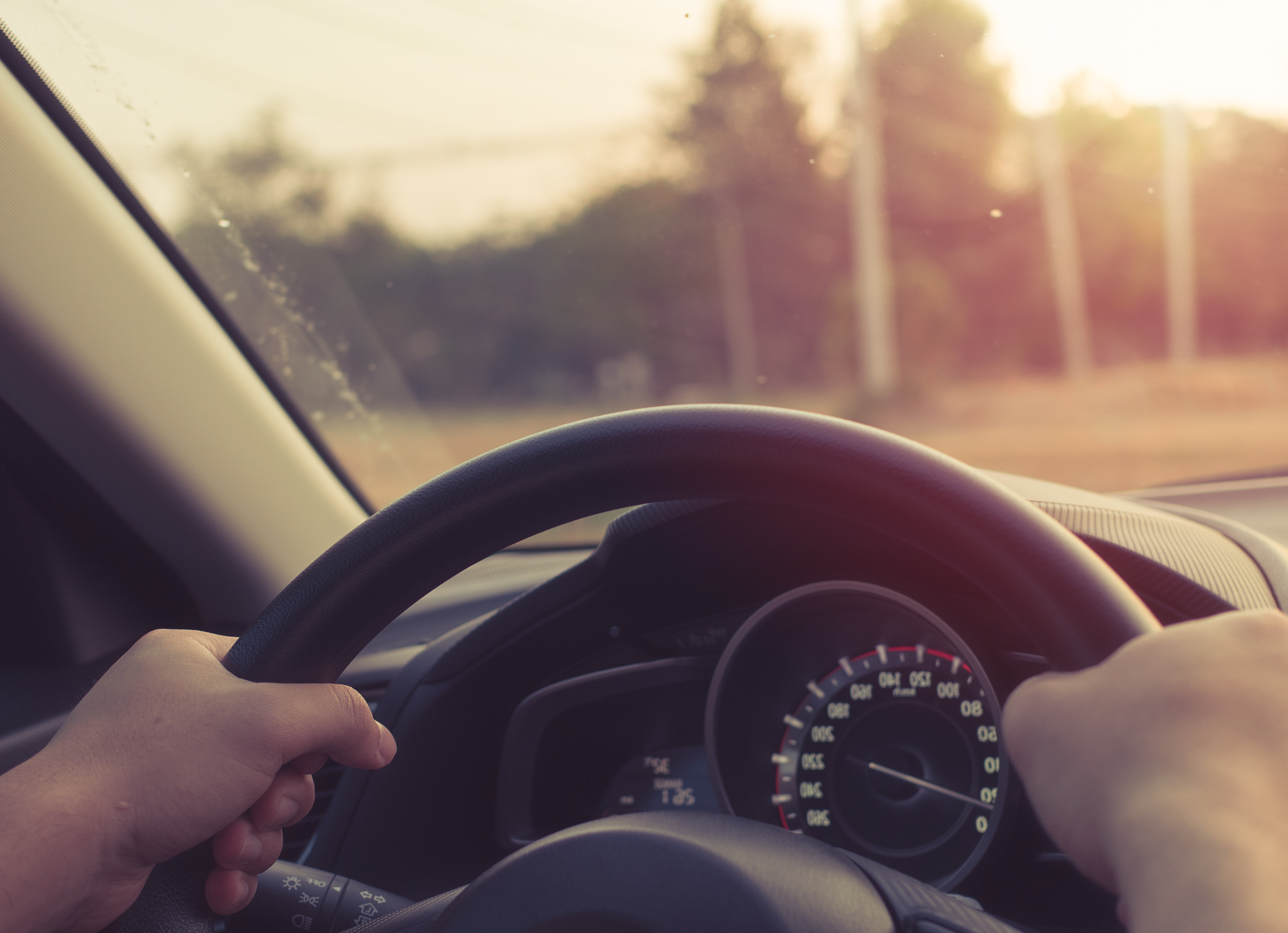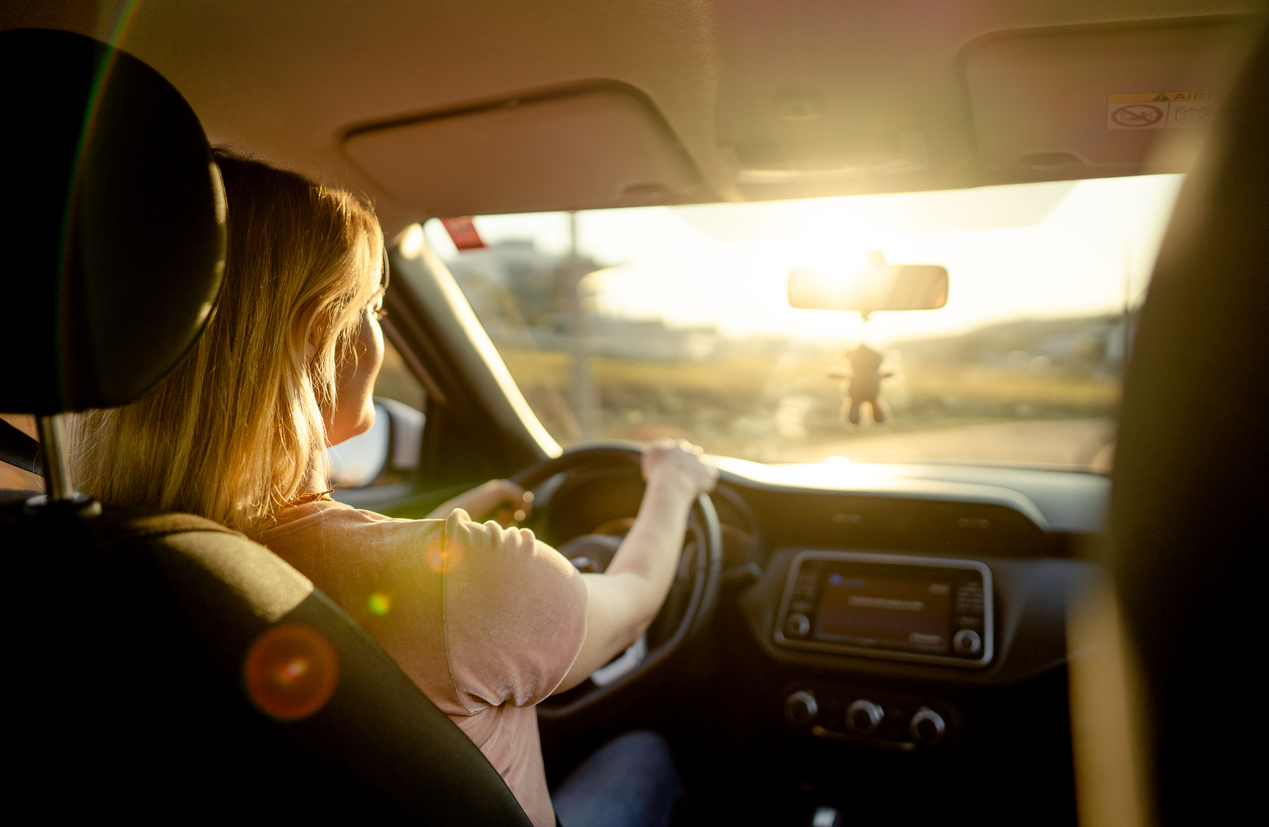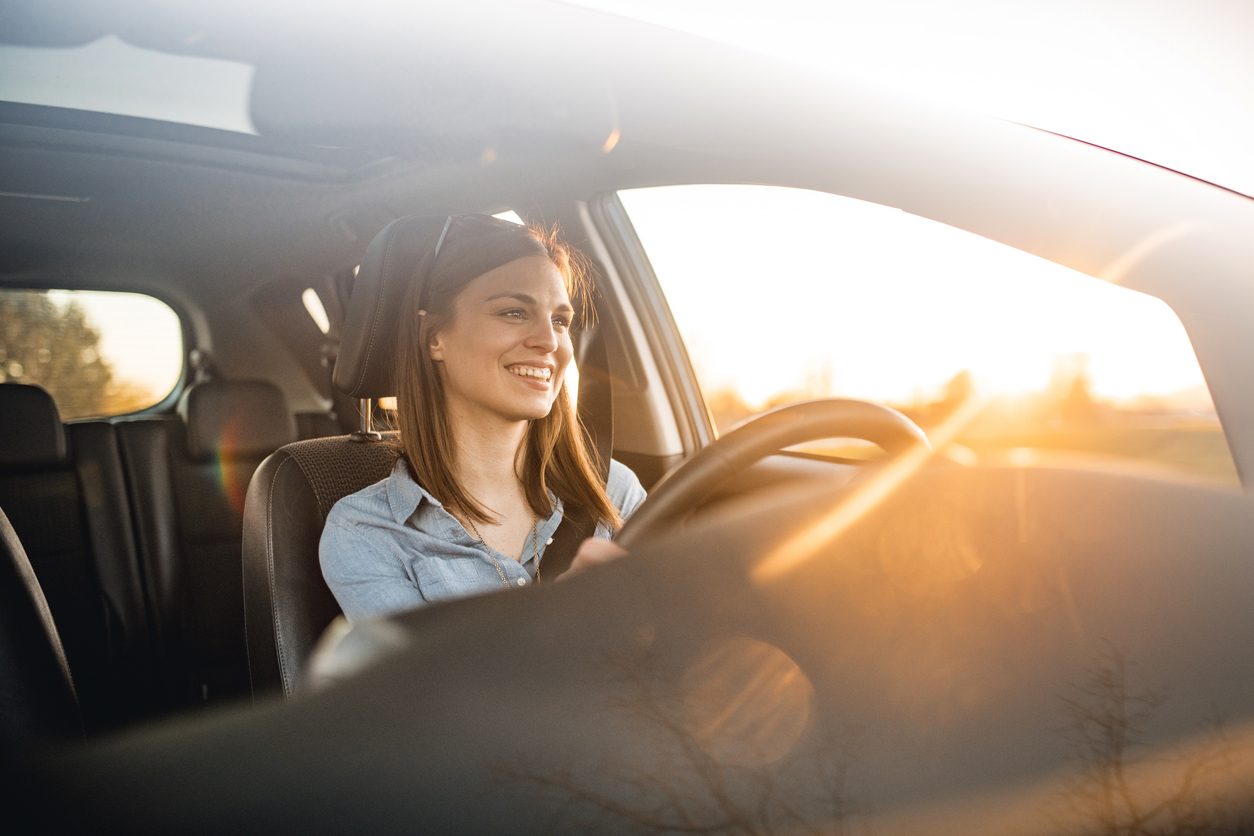It’s a familiar scene we all take great pleasure from. A car travelling on an open road with a dog sticking its head out the window. Tongue poking out, wind in its face, a great example of how the simple things in life can bring so much joy. But are we putting ourselves and others in danger by allowing this to happen?
The Highway Code states that when in a vehicle make sure dogs or other animals are suitably restrained so they cannot distract you while you are driving or injure you, or themselves, if you stop quickly. A seat belt harness, pet carrier, dog cage or dog guard are ways of restraining animals in cars.
Now, even though it is not a criminal offence to breach the Highway Code, there are consequences that could subsequently arise from ignoring this guideline. Driving without due care and attention
and dangerous driving
are both prosecutable offences, with the latter charge coming with a mandatory 12-month disqualification if found guilty.
So if your dog (or other pet) are unrestrained in your vehicle and you’re involved in an accident, you’re running the risk of facing one of these charges. And this is of course on top of the risk of injury to both you and the pet in question.
But that is not all. Insurance companies may invalidate your policy if they discover that there was an unrestrained pet in the vehicle at the time of the incident. Matt Oliver, a car insurance spokesman for Gocompare.com, said: The law is clear – you must secure your animal while in a car – therefore if you don’t do this and an animal roaming freely around the vehicle is said to have contributed to causing an accident, then an insurance company could be well within their rights not to pay out on a claim.
This means you could be made to pay for any damages to your vehicle and any other vehicles involved, not to mention any medical or other costs, which could potentially add up to a five-figure bill.
So what can you do? Here are some useful tips to ensure you and your pets have a safe and enjoyable journey:
- Purchase a pet seat belt or car harness (you can also buy pet-barrier safety nets to let them roam free in the boot).
- If travelling with a dog, take it for a long walk before setting off to release any pent up energy.
- Don’t feed your pets before you travel as many suffer from motion sickness.
- If you’re travelling a long way, take a supply of their normal food and plan for toilet/fresh air breaks.
- Never leave an animal alone in a car, especially on hot days, as this could lead to dehydration.
For more information on traveling with pets, read Gocompare.com’s guide to travelling with your pet.



